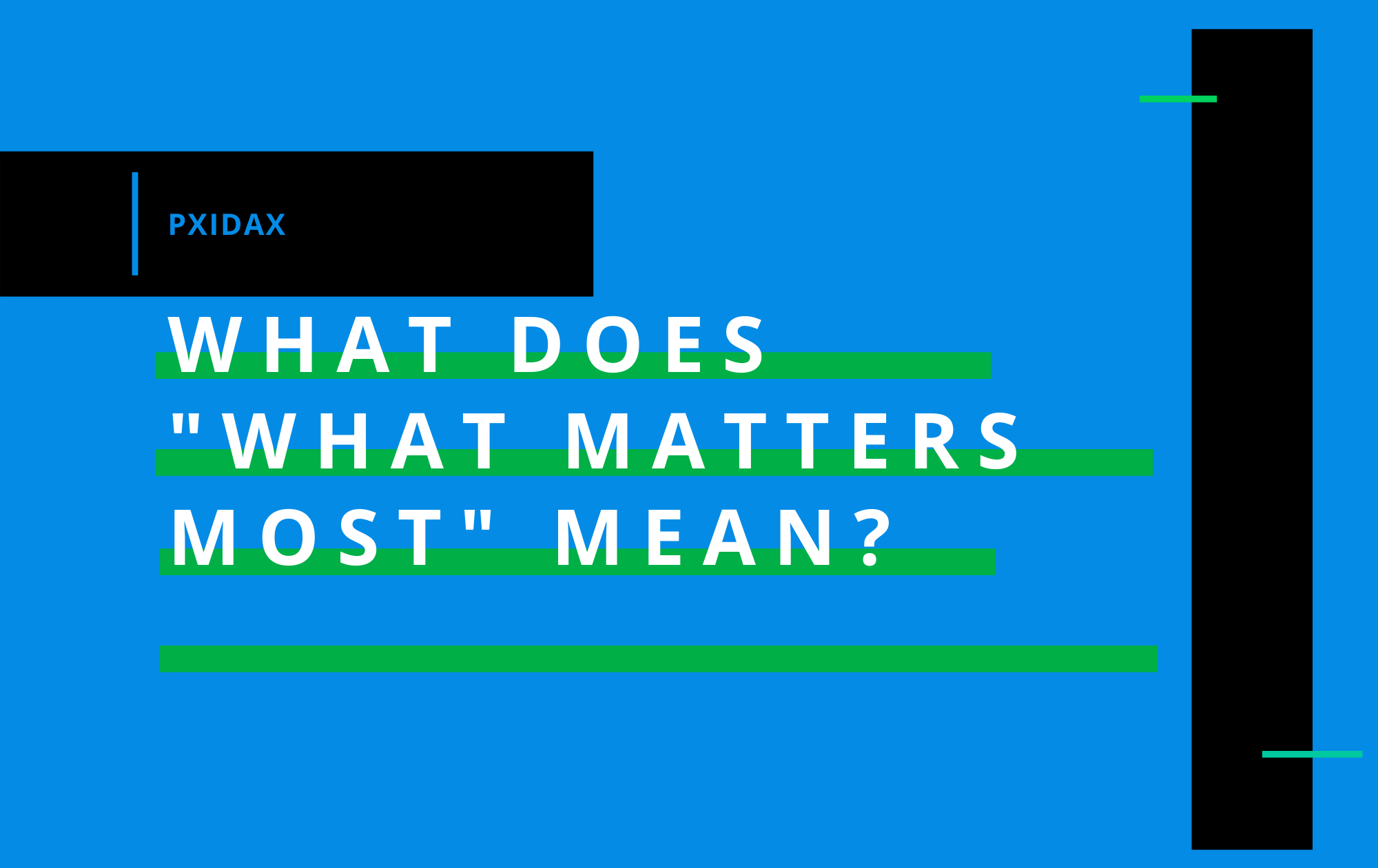It Means the Power to Read Minds!
Survey responses can range from simple ratings, to only slightly more useful short text responses. But with “What Matters Most”, you can read your survey respondents’ minds and really dig into what aspects of their customer or employee experience stuck with them.
Survey Tools Taken to the Next Level
When compared to a normal survey tool, our What Matters Most feature takes PxidaCX and PxidaEX to the next level. The average survey tool is designed to ask questions and collect responses. With What Matters Most, the PxidaX products can gather respondent feedback with respect to attributes specific to customer satisfaction and employee engagement. With this information, our technology platform can give you data on what aspects of your brand and organization matter most to your survey audience. We go one step further to use our behavioral analytics to digest and understand the data for you.
What is “What Matters Most”?
The What Matters Most survey uses our advanced behavioral analytics technology and algorithms to understand exactly what is most important to your employees and customers for a particular topic. What Matters Most allows the employees and customers to think objectively about what is truly important to them. This mindset will help your organization make better business decisions for the present and the future.
Rather than a simple close-ended survey, the What Matters Most survey uses a more cognitive approach for the analysis. Cognitive Analysis is defined as intelligent technology that covers multiple analytical techniques to analyze large data sets and give structure to the unstructured data. According to an article from Deloitte Insights, “Product applications use cognitive technology to provide end-customer benefits.” This will help provide better insights into understanding customer and employee experiences by understanding the motivation and level of commitment behind their survey response choices.
What Makes “What Matters Most” Different
By comparing attributes specific to customer and employee experience, you can get data about aspects of your organization that are effective or not when it comes to engaging your survey audience. For customers, these attributes include the price point of a product, the timeliness of service, and the overall brand recognition of your business. For employees, these attributes include appropriate recognition, work-life balance, and values-driven culture.
Cognitive analysis is different from your regular tradeoff exercise in that the choices available through What Matters Most are weighed against each other, and then as a whole profile or persona of the customer or employee’s preferences, they’re weighed against similar full profiles. This way, you get a full picture of what matters in regards to each attribute. Your insights from the survey are based on the relative scores of these personas against each other so that you can see how all your respondents were distributed in their choices and still drill down to the individual responses to learn about each response.
The Power of Behavioral Analytics
Behavioral and cognitive analytics are a powerful tool for understanding decision making, motivation, and prioritization. When gathering survey feedback using our What Matters Most survey or question type, you’re really gathering information from your respondents on the “why” behind how they rank and decide on the various attributes available. In order to best analyze and summarize this information, our surveys use artificial intelligence and machine learning (AI/ML) to parse your data and create actionable recommendations based on the respondents’ data.
For small and medium-sized businesses, accessing and using this level of technology and analytics sounds foreign and even impossible, but our survey product has it built into our What Matters Most functionality. This way, you still get an intuitive and simple survey builder, while on the back end, our products are powered by tech that will help you spend more time on making decisions than reading data.
